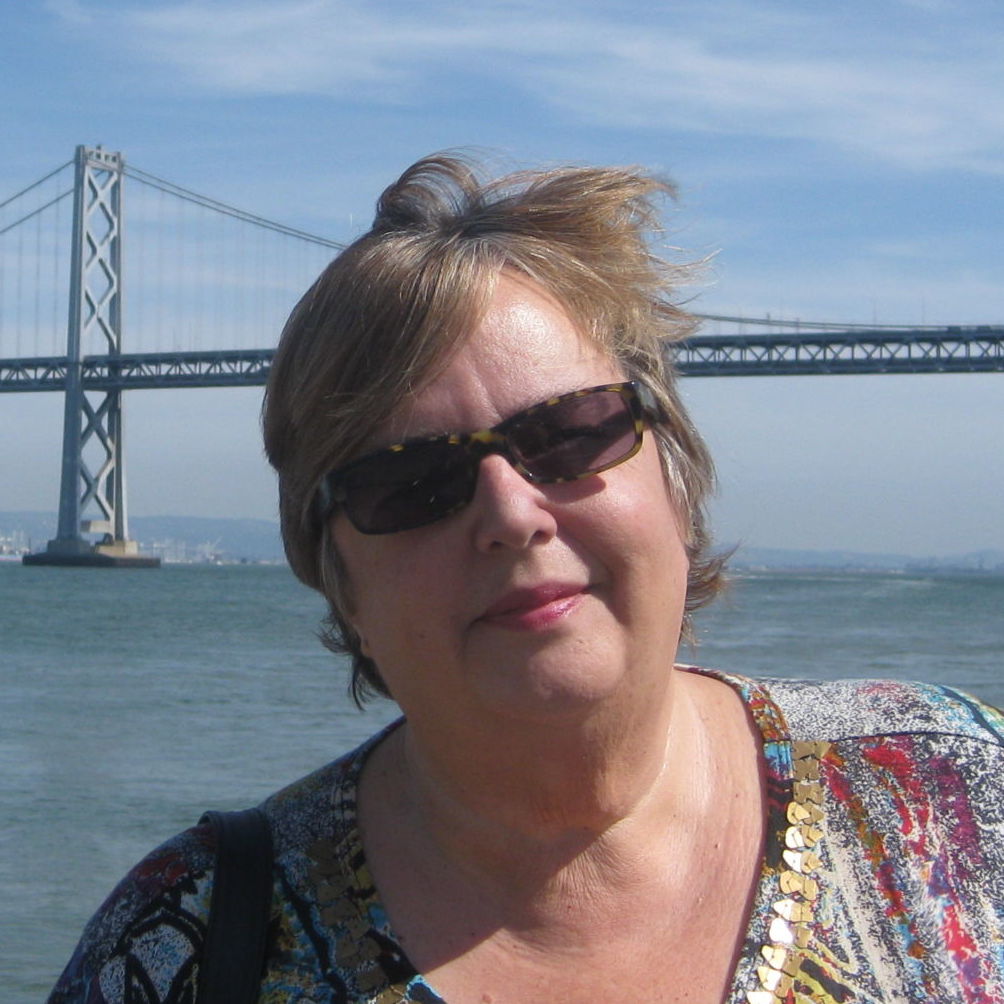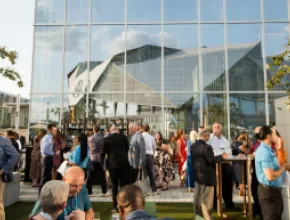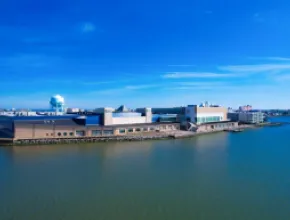While staging a spectacular gala in a cavernous, utilitarian convention hall may seem akin to making the proverbial silk purse out of a sow’s ear, it’s all in a day’s work for event planners.
In fact, some view the convention center as a kind of vast, blank canvas on which to create a masterpiece.
“The very size of convention centers makes them great for those experiential, interactive events that are so much a part of where meetings are headed these days,” says Kellie Mathas, CMP, CSEP, senior director of special events for USA Hosts in New Orleans. “Convention centers are ideally suited for such events. You can really make it happen, and for large numbers of people.”
Working with a recent association client for an event at New Orleans’ Ernest N. Morial Convention Center, USA Hosts set up entertainment areas throughout the facility showcasing the talents of children from around the city.
“We had a group of kids from a culinary youth program making pralines at one station, while others featured young artists and performers,” Mathas says. “We made the entertainment the focus of our decor.”
On other occasions USA Hosts has staged Mardi Gras balls at the convention center and even full-scale Mardi Gras parades with bands and floats that enter from the back of the convention center and make a loop through the facility.
“We really love to use the convention center for massive events with a Mardi Gras theme,” Mathas says. “It brings a new level of excitement.”
Budget Boosters
Of course, staging massive convention center events with plenty of “wow” factor is not so difficult when there is a generous budget to work with, but what happens when resources are tight?
“One of the most basic and effective things you can do to jazz up a convention center is with lighting,” Mathas says. “We had a client with a limited budget who wanted the event to look good. So we did a blue palette with the lighting, linens and even the convention center’s ballroom chairs, which happened to be blue, to great effect.”
She also recommends taking a new approach to the configuration of tables and seating.
“We like to play with the layouts. Instead of just using uniform tables, we like to use different sizes and in different configurations,” she says. “When it’s not just a sea of tables, a convention center ballroom can look much more creative to the eye.”
Another way to work with the space is to get away from the traditional theater-style set-up with the stage at one end of the room.
“Sometimes we’ll put the stage in the center of the room for a kind of theater-in-the-round effect,” Mathas says.
Improving Centers
One big trend working in favor of convention center events is the fact that many new and renovated centers are sporting ballrooms and other function spaces that compete very favorably with those at hotels.
“Convention centers are adding ballrooms that are sophisticated both in terms of look and in the technology they offer,” says John Kaatz, vice president of CSL, a Minneapolis-based convention center consulting firm. “The function of the [convention center] ballroom has changed. It’s being used for general sessions as well as banquets.”
Among the many centers that have been updated with hotel-quality meeting space is Cincinnati’s Duke Energy Center, which added a 40,000-square-foot ballroom as part of a large renovation and expansion in 2006.
“Few hotels have a ballroom of this size and yet it is just as nice as any hotel ballroom,” says Barrie Parks, vice president of sales and services for the Cincinnati CVB. “It has beautiful fabric coverings on the walls and ceilings. It’s great for corporate business and events such as pharmaceutical product launches. In general, convention centers are looking more at social events, even weddings. So you’re also seeing much nicer prefunction areas with views of the city.”
Along with offering better ballrooms and prefunction areas, event planners say that even convention center exhibit halls and other areas are making more attractive backdrops for events these days.
“One big improvement I’ve noticed is a change in the color palette,” Mathas says. “For years, convention centers seemed to favor what I call Brady Bunch colors. They really worked against you and were hard on the budget to overcome.”
Katie Rogers, director of sales for Los Angeles-based EventWorks, agrees.
“There’s a trend for convention centers to provide a more streamlined look and a monochromatic palette, so you’re not fighting the existing decor,” she says.
However, she finds that convention centers, particularly larger facilities, still pose problems.
“The biggest challenge is the distances involved—it can be a real feat getting things from the loading dock and into the space,” she says. “Some of the centers are so big and have been expanded so many times that a lot of the rooms are just kind of tacked on.”
In fact, the design problems posed by multiple expansions is now being addressed by such facilities as the Las Vegas Convention Center, which has undergone 14 expansions since it opened in 1959. A $737 million enhancement project, set for completion in 2010, is currently under way to make the massive convention center a more cohesive and user-friendly facility.
Spectacular Events
Just how impressive a convention center gala event can be was demonstrated by EventWorks in designing events for Starwood Hotels & Resorts’ biennial Global Conference held at the San Diego Convention Center in January 2006. The conference, which showcased the various Starwood brands, drew 1,700 hotel owners and general managers from around the world.
“We were given a free range, a generous budget and use of the entire facility, so it was tremendous fun,” Rogers says.
A highlight of the conference was the “Dream Park” party where guests entered the convention center ballroom through an illuminated tunnel to find food stations with labels such as “Dunk,” “Sear” and “Flame.” A fleet of costumed servers on motor scooters ferried the food from the kitchen to the guests.
At the David L. Lawrence Convention Center in Pittsburgh, baseball fans were dazzled by a facility transformed into a giant interactive ballpark during the 16th annual Major League Baseball (MLB) All-Star FanFest. MLB event planners used 400,000 square feet of the center to create a baseball theme park with a life-size baseball diamond, batting cages, the world’s largest baseball and a floor of exhibits from the National Baseball Museum & Hall of Fame.
Interaction was the name of the game during the event, with everything from baseball trivia challenges to a steal-home challenge in which fans competed to win a 90-foot race from third base to home plate.
And in Denver, the grand gala opening of the Colorado Convention Center in 2004 used the main hall as a backdrop for an eye-popping laser show on the history of the city that combined laser animation with overhead visual effects.






